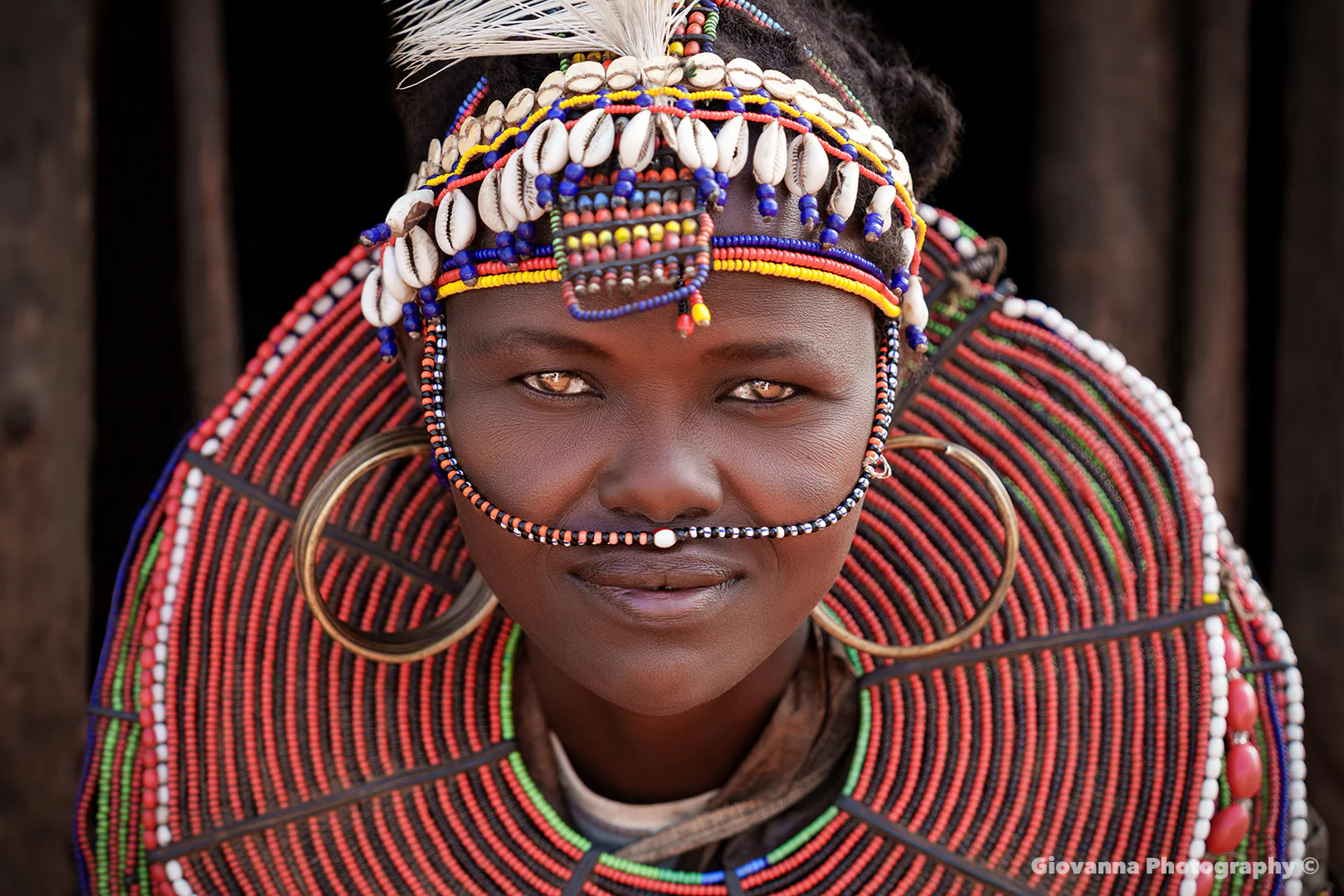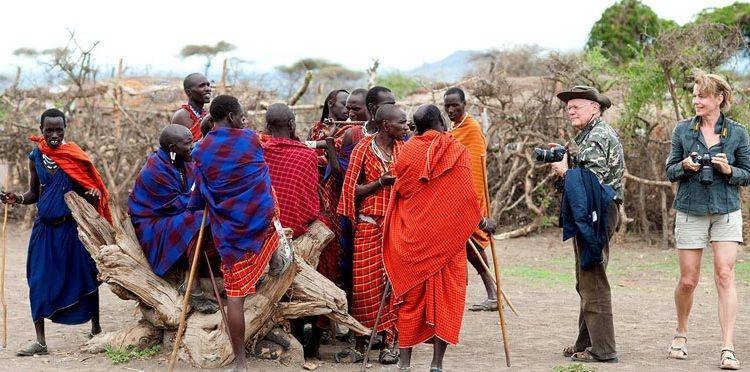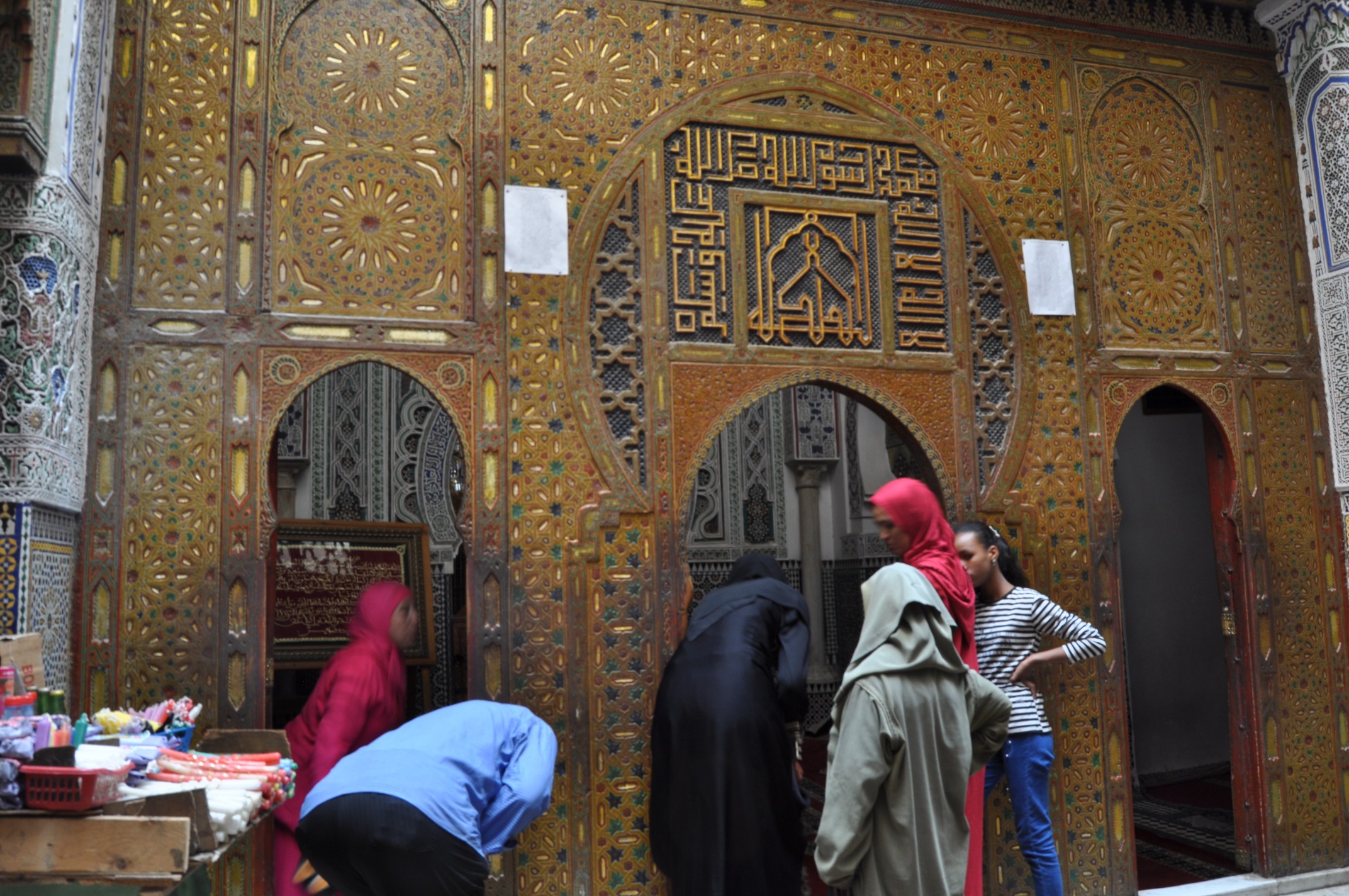Clay and Grace: A Reflection on Natural Beauty, Identity, and Cultural Preservation in Africa
Celebrate natural beauty, heritage, and African womanhood through a powerful reflection on tradition, identity, and cultural preservation.
In the face of a rapidly globalizing world, there remains a quiet, powerful beauty in Africa—a beauty grounded not in performance or pretense, but in authenticity, ritual, and a deep relationship with the land and one’s community. A single image can hold within it centuries of tradition, and in the eyes of a woman from Kenya, adorned in her ribbed clay necklace, we glimpse a world where beauty is heritage and heritage is sacred.
This woman, recently married, wears the necklace not as an ornament, but as a declaration of status, identity, and pride. Crafted carefully from beaded clay, shaped by hand, and worn with dignity, her collar is more than attire—it is a record of life’s transitions, of social belonging, and of ancestral continuity. This tradition, found among tribes such as the Turkana, Dinka, or Karamojong, speaks not just to aesthetic expression, but to the anthropology of African womanhood. Here, beauty is not manufactured—it is earned, celebrated, and layered with meaning in nature by God.
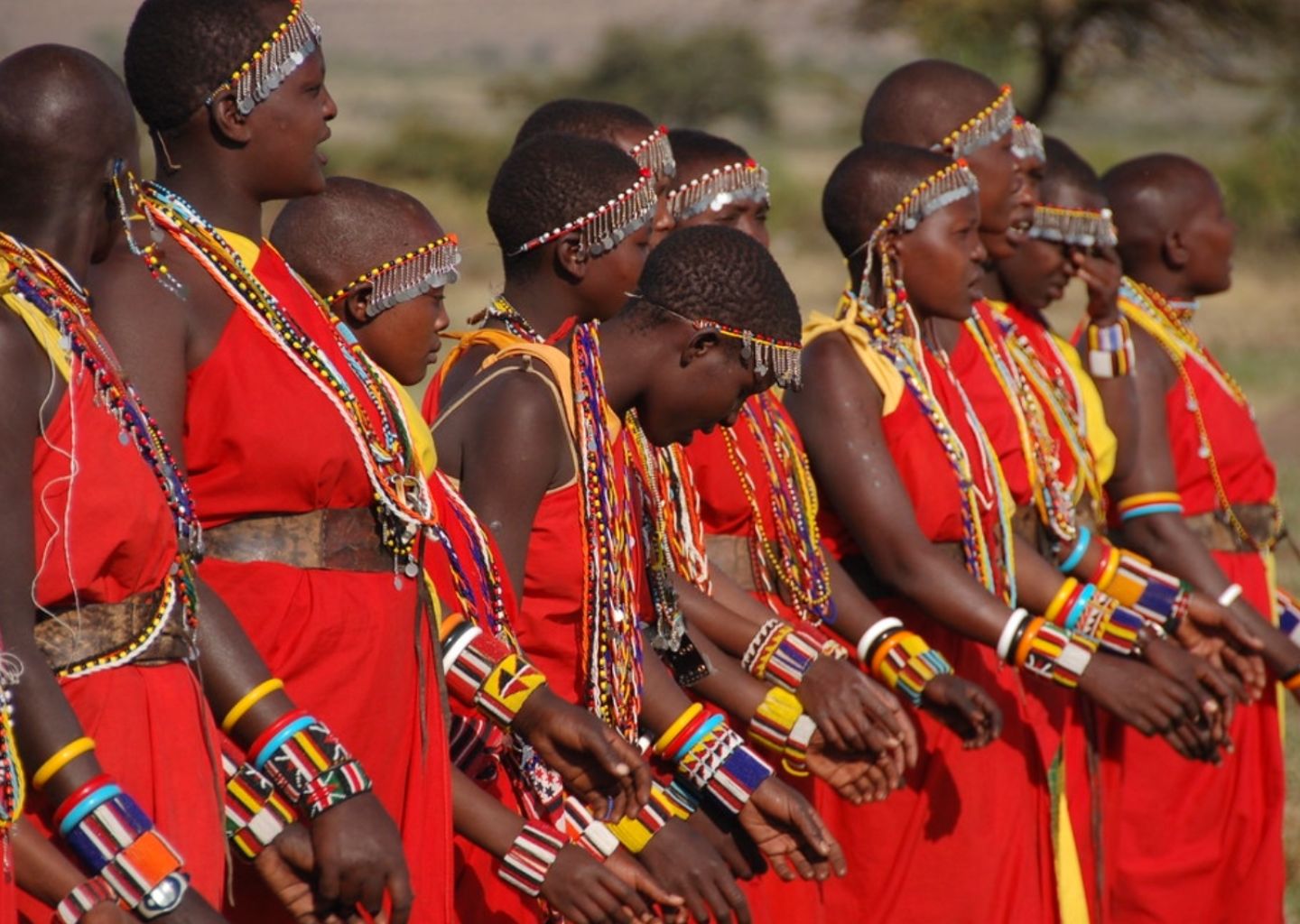
The natural world plays an essential role in shaping these expressions. Materials like clay, beads, shells, and pigments are not simply decorative; they are elemental, grounding African art in the soil, the river, the tree. Each bead strung or collar molded is a conversation with the earth, a way of inscribing memory and value into form.
In this context, beauty is communal. The process of crafting, gifting, and wearing is intergenerational—a mother guiding her daughter, an elder blessing the hands of a new bride. These practices form the fabric of African social anthropology: how knowledge is passed, how status is marked, and how a community sees itself through its women.
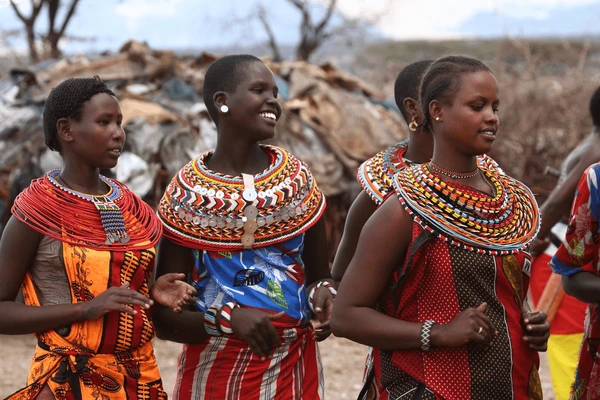
Yet this beauty is also fragile. Modernity brings with it the erosion of language, of rituals, and attire. But images like this one preserve more than a face. They preserve a story, a ceremony, a declaration that African beauty need not conform to colonial or commercial ideals to be seen as valuable. It already is.
To preserve this beauty is not to romanticize or fossilize it, but to respect its place in the evolving narrative of African societies. It is to honor the clay collar not as a costume, but as a culture. And to see in the gaze of this woman not only elegance, but a living archive of strength, memory, and grace.
She is not a model. She is not a trend. She is heritage made visible. She is Africa.
